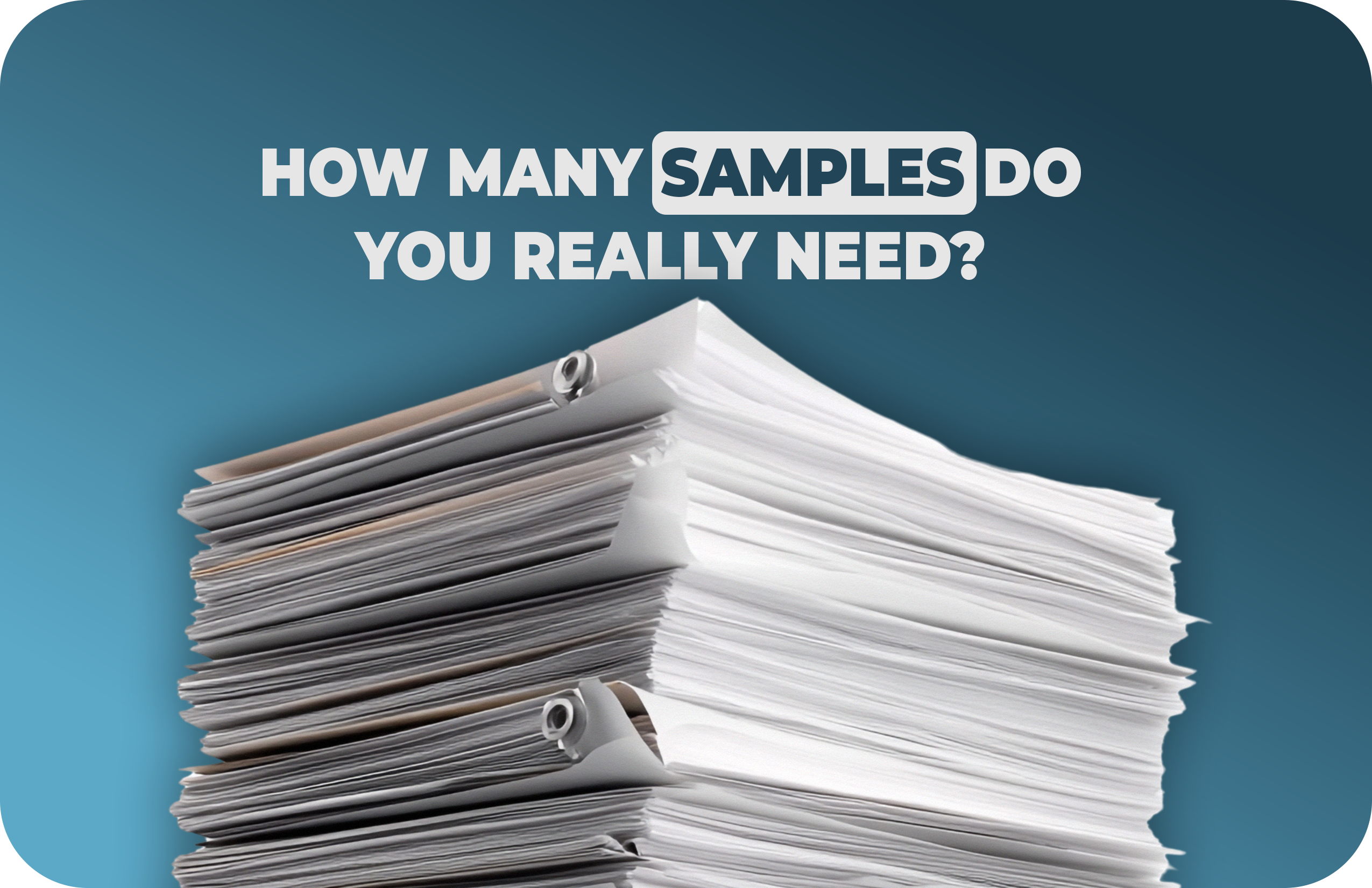Creative RA in the Age of AI

Eric Partaker makes some interesting statements about AI in his recent linked post. The two most relevant for this blog are:
1) AI can't replace human intuition and creativity. It can't think or feel.
2) AI isn't the end of creativity; it's a new canvas.
I somewhat disagree with the first statement; intuition results from previous experiences and, therefore, may one day, not too long in the future, AI may acquire a "sixth Sense." or a "Common Sense." :)
I do entirely agree with the second statement. So it seems fellow regulatory affairs professionals who participated in our recent LinkedIn poll asking, "Is there room for AI in regulatory affairs":
89% (!) of those voting in our AI poll recognize that artificial intelligence will become part of the regulatory affairs practice, while 43% believe that RegTech AI is the next big thing.
Incorporating AI into regulatory affairs can lead to more creative and practical approaches to compliance, allowing professionals to focus on strategic thinking, problem-solving, and innovative solutions rather than being bogged down by administrative tasks. Here's how AI can contribute to enhancing creativity in regulatory affairs:
Data Analysis and Insights: AI can process vast amounts of regulatory data, including laws, guidelines, and industry standards. It can identify trends, patterns, and anomalies that might not be immediately apparent to human regulatory professionals. By providing actionable insights, AI can help regulatory teams make informed decisions and devise creative strategies for compliance.
Predictive Analytics: AI can analyze historical regulatory data and predict future regulatory changes. This allows regulatory professionals to proactively prepare for upcoming changes, enhancing their ability to adapt and creatively plan compliance strategies.
Automation of Routine Tasks: By automating repetitive and time-consuming tasks, AI frees regulatory professionals to focus on more creative and strategic aspects of their work. This can include jobs like data entry, documentation, and essential compliance checks.
Risk Assessment and Mitigation: AI can assist in assessing the potential risks associated with regulatory compliance. By analyzing various factors and data points, AI systems can identify potential compliance gaps and recommend creative solutions to mitigate those risks.
Scenario Modeling: AI can simulate different regulatory scenarios, allowing regulatory professionals to explore the potential impacts of various compliance strategies. It empowers them to devise innovative approaches to navigate complex regulatory environments creatively.
Natural Language Processing (NLP): NLP technology enables AI to understand and process human language, including regulatory documents and guidelines. It can significantly speed up the research process, allowing regulatory professionals to access the information they need more efficiently and devote more time to creative problem-solving.
Personalized Compliance Solutions: AI can create tailored compliance solutions based on an organization's needs and regulatory requirements. This customization allows for more creative and targeted approaches to compliance rather than adopting a one-size-fits-all strategy.
Collaboration and Communication: AI-powered tools can facilitate cooperation between regulatory teams by suggesting relevant resources, documents, and experts. It fosters a more creative exchange of ideas and solutions among professionals working on regulatory affairs.
Regulatory Intelligence: AI can continuously monitor and analyze regulatory changes worldwide. This real-time intelligence enables regulatory professionals to stay ahead of developments and creatively adapt their strategies to global regulatory shifts.
Ethical Considerations: While AI enhances creativity and efficiency in regulatory affairs, it's important to consider ethical implications. Regulatory decisions can have significant consequences, so human oversight is crucial to ensure that AI-generated insights align with legal and ethical standards.
The challenge is developing AI products that will facilitate the RA professionals' simple and quick access to these enhanced capabilities—more on that in our coming posts.

